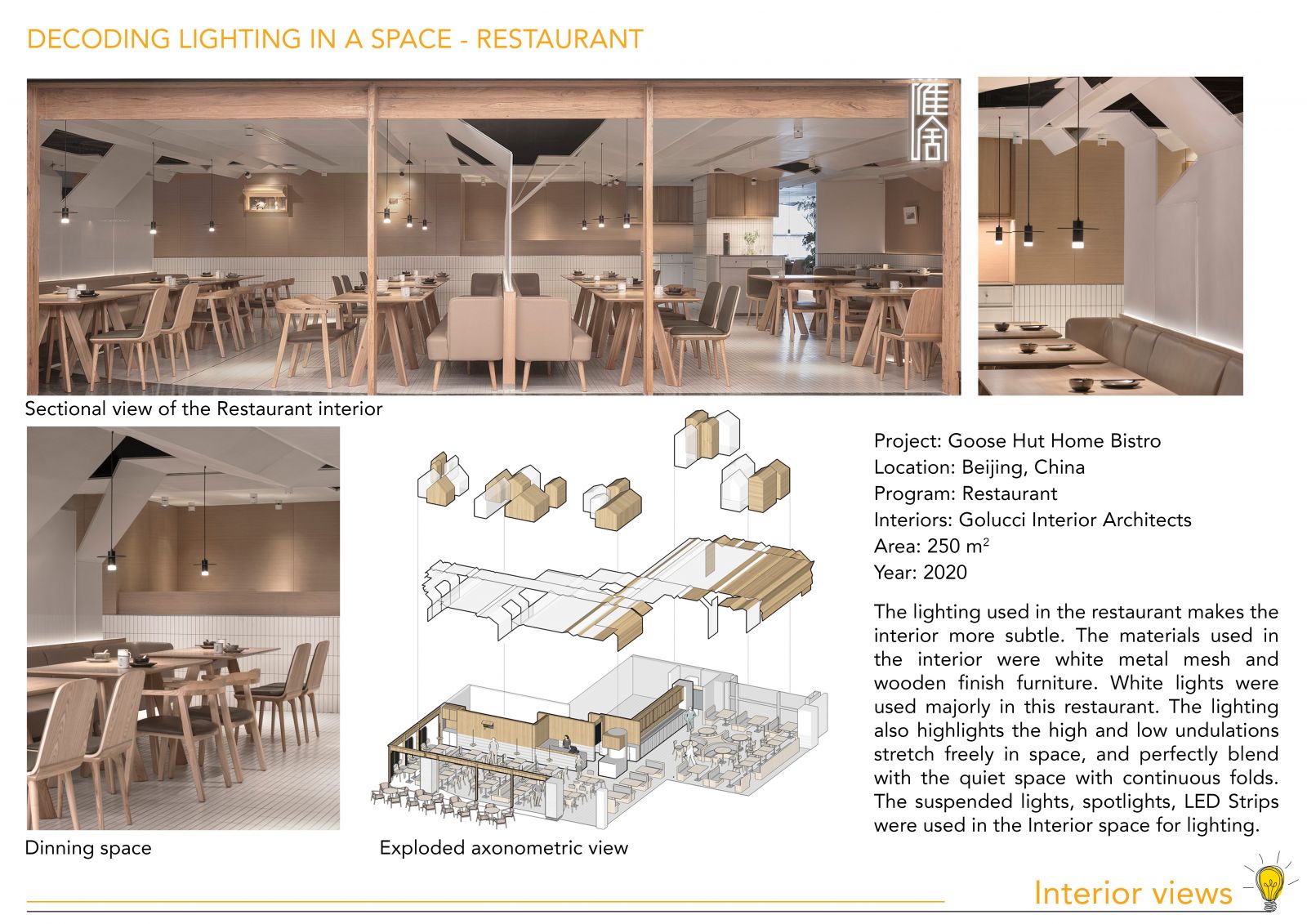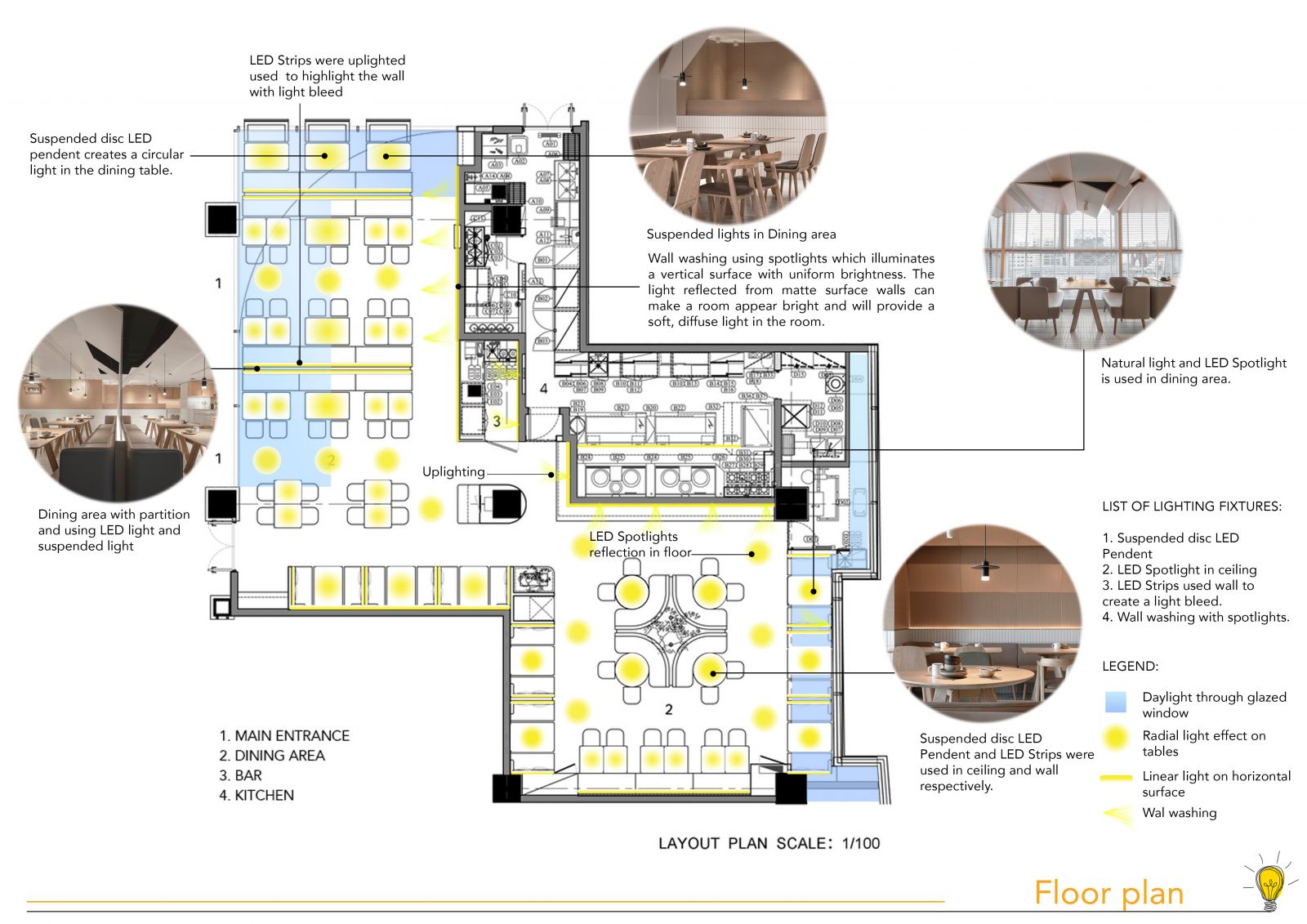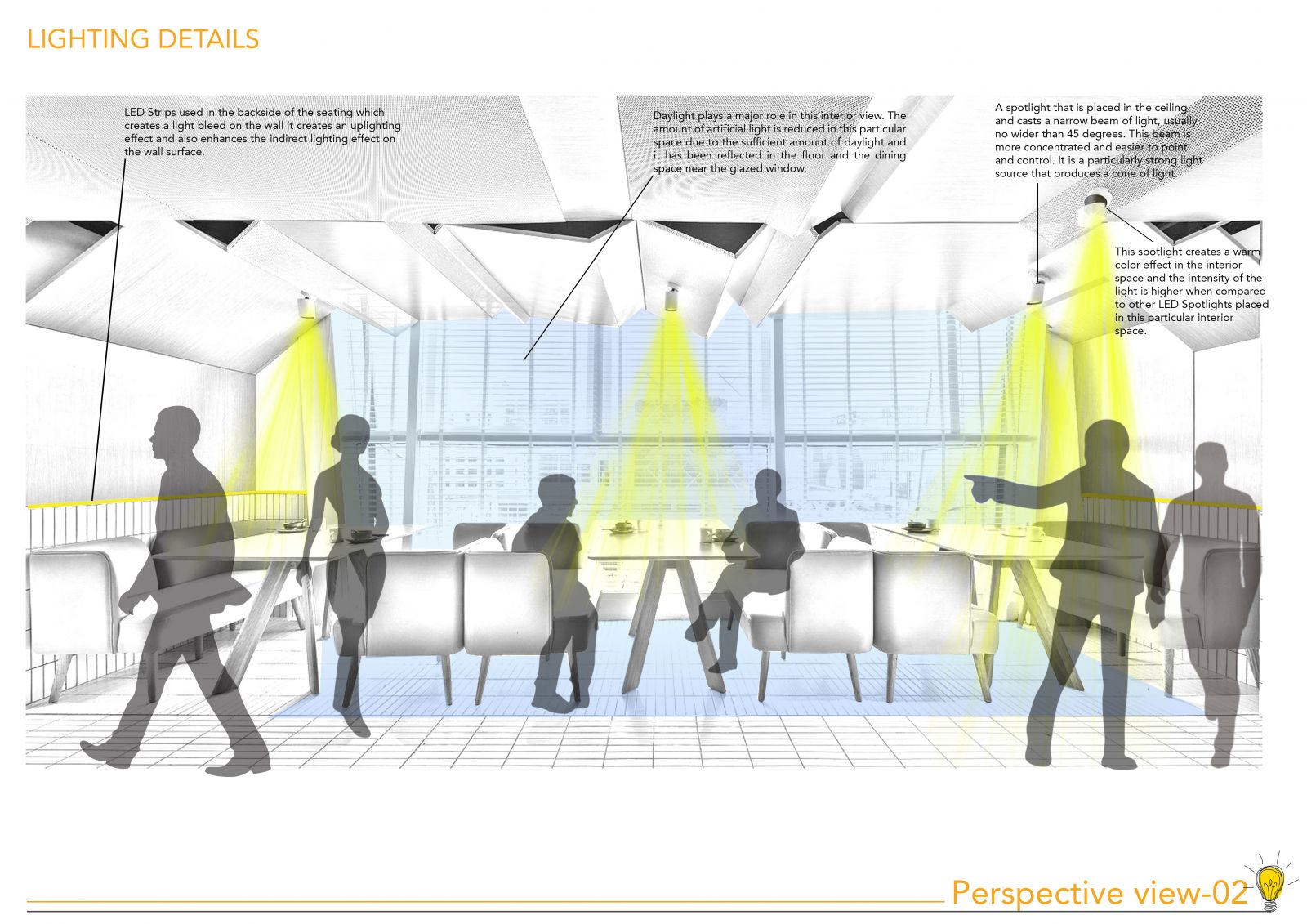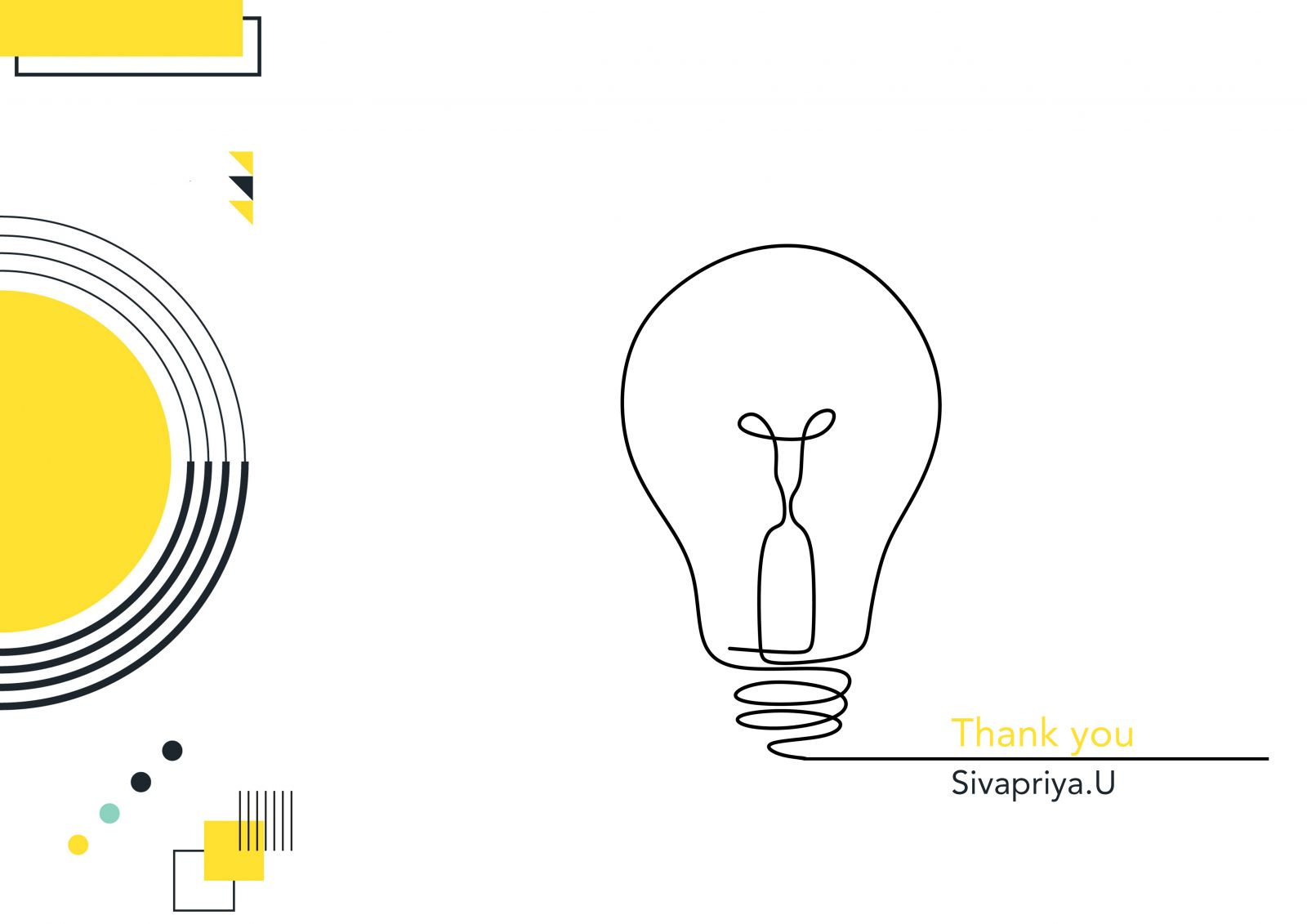Your browser is out-of-date!
For a richer surfing experience on our website, please update your browser. Update my browser now!
For a richer surfing experience on our website, please update your browser. Update my browser now!
This course will focus on the design of internal spaces with the context of daylight, artificial light, and acoustics within multiple interior space types. The learning will be through case studies, site learning, design solutions, where, creativity in design & integration rather than technical calculation and modeling will be of importance. The course will be divided into two parts? Interior Lighting and Acoustics Interior lighting will incorporate daylight as well as artificial lighting, the role, and importance of these within interior spaces, factors affecting these with the response to activity, space, direction, use and need as well as incorporating this within the design of interior spaces. This will be done using case studies, class discussions, and reports. In interior design, acoustics is concerned with how sound behaves in rooms, the transmission of sound between rooms, and the quality of indoor and outdoor sounds. Acoustics will evaluate and understand sound, understand the need and use within the context of the built environment, activity and function, reflection, absorption and acoustic isolation, noise, echo, and reverberation. The course will incorporate case studies, and problem-solving. The course will also investigate and define the need and methodology of integrating lighting and acoustics within the design of spaces. The student will be required to do design projects to illustrate the understanding of the concepts learned. There will be three design projects, one each for lighting and acoustics and one for the integration of both within a multiple space interior.







